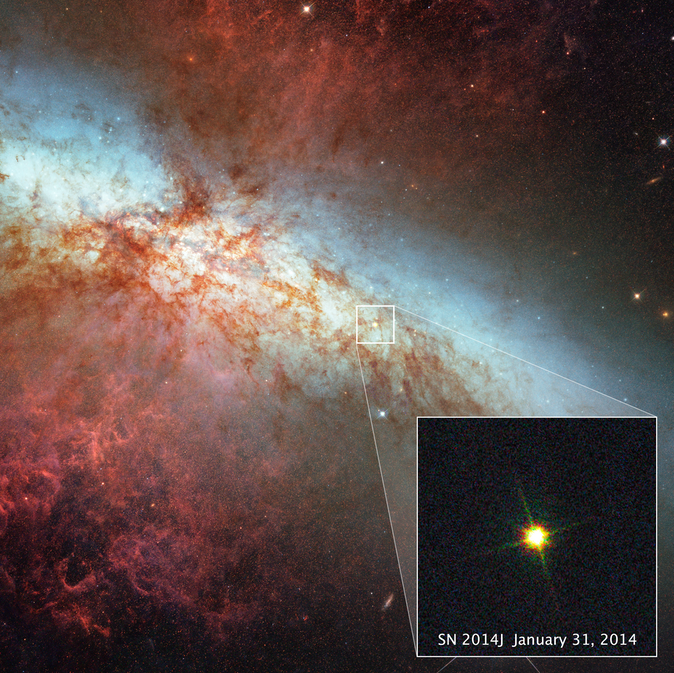Theoretical physicists at Indiana University and Illinois State University may have found a new way stars can explode—with snowflakes.
A new paper accepted for publication in the prestigious Physical Review Letters, argues that uranium snowflakes may form in the core of white dwarfs, which could ignite a supernova explosion. The work is featured in Science magazine.
“It’s an exciting time in white dwarf astrophysics,” said Professor of Physics Charles Horowitz of Indiana University, who penned the upcoming article with Dr. Matthew Caplan of Illinois State University.
When a star runs out of fuel, it can turn into a white dwarf. Without a heat source, the white dwarf cools off and eventually freezes solid. The first solids to form will be at the core—the densest part of the star—and made up of the heaviest elements.

 The College of Arts
The College of Arts